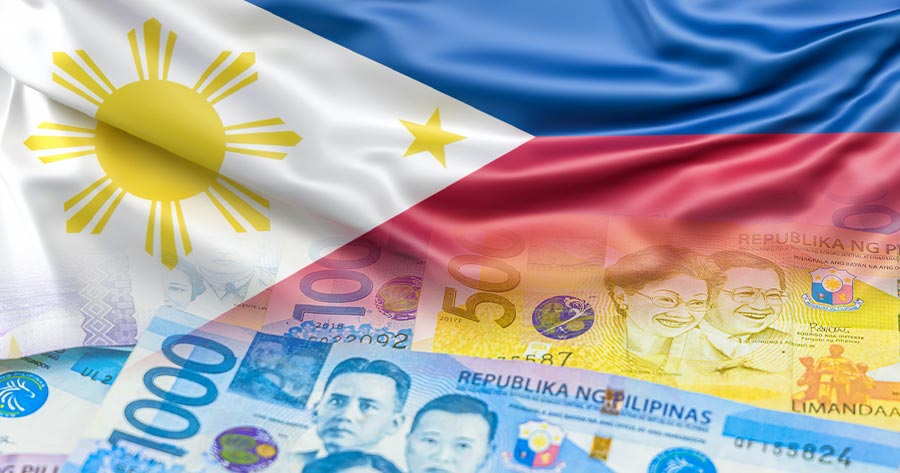The central bank of the Philippines delivered its second interest rate cut of the year on Thursday, easing policy as inflation remains subdued and below target.
The Bangko Sentral ng Pilipinas (BSP) trimmed its benchmark overnight reverse repurchase rate by 25 basis points to 5.25%, aligning with broad market expectations and 29 out of 30 economists surveyed by Bloomberg.
Governor Eli Remolona had previously signaled room for at least two additional cuts in 2025, following a series of rate reductions initiated last August. The decision comes after inflation cooled for a third consecutive month in May, remaining under the BSP’s 2-4% target range.
The BSP’s dovish stance, however, is tempered by risks linked to surging oil prices—fueled by ongoing tensions between Israel and Iran—which could feed through to inflation in the import-dependent economy.
The Philippine peso has lost nearly 3% against the U.S. dollar this month, the region’s worst performance, prompting Remolona to acknowledge on Wednesday that intervention to prop up the currency would be ineffective in the current environment.
The rate cut also follows similar moves—or caution—by regional peers. Bank Indonesia held rates steady to safeguard its own currency in the wake of global trade frictions and Middle East instability. Meanwhile, the Federal Reserve left U.S. policy unchanged as officials weighed persistent economic uncertainty.
For the Philippines, the latest reduction aims to bolster an economy that posted weaker-than-anticipated growth last quarter, with investment sluggish amid dampened global sentiment and escalating U.S. tariff threats.





